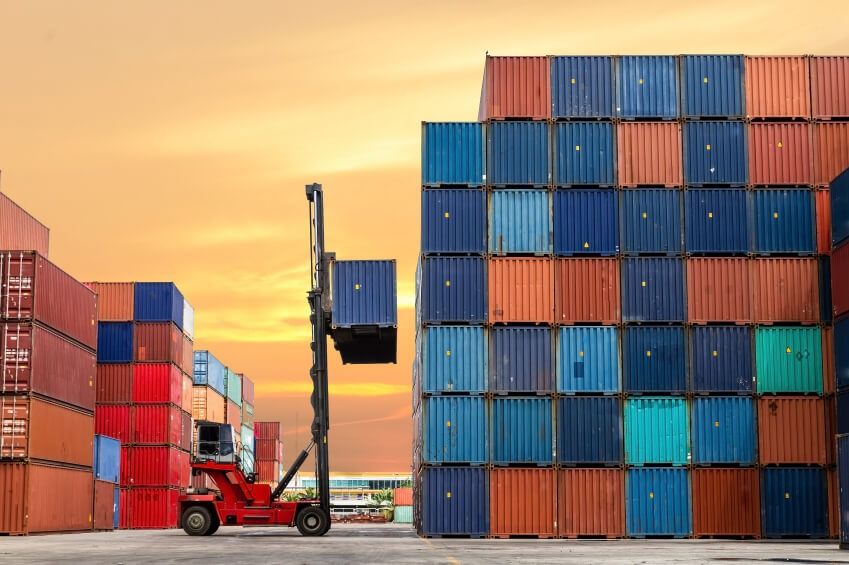
The Banco Central de Reserva de El Salvador (BCR) reported an increase in imports for november, reaching US$14,575.7 million, which reflects a growth of US$176.1 million over the same period last year. This increase is equivalent to a positive variation of 1.2%. Although the overall picture is one of growth, certain sectors showed mixed trends, with an increase in consumer and capital goods, and a decrease in intermediate goods and maquila.
In detail, imports of consumer goods rose by 4.6%, driven by domestic demand, while capital goods purchases grew by 6.1%, which could reflect greater investment in infrastructure and technology. Imports of intermediate goods fell by 1.9%, and the maquila sector suffered a significant contraction of 23.3%, possibly due to lower production levels or adjustments in external demand.

By economic sector, agricultural products represented imports valued at US$62.4 million, demonstrating the importance of this sector in the salvadoran economy. The manufacturing industry, generated imports valued at US$34.22 million, highlighting its key role as an engine of trade and production in the country. To a lesser extent, electricity supplies reached US$2.18 million.
This behavior in imports reflects diverse dynamics in El Salvador’s economy. While the increase in consumer and capital goods can be interpreted as a sign of economic recovery, the declines in maquila and intermediate goods suggest challenges in certain productive sectors. These contrasts highlight the need for strategies to boost competitiveness and economic diversification.

The figures presented by the BCR point to a moderate growth in imports during november. However, the analysis of the different items highlights areas of opportunity and challenges that must be addressed to ensure balanced and sustainable growth in the salvadoran economy.







